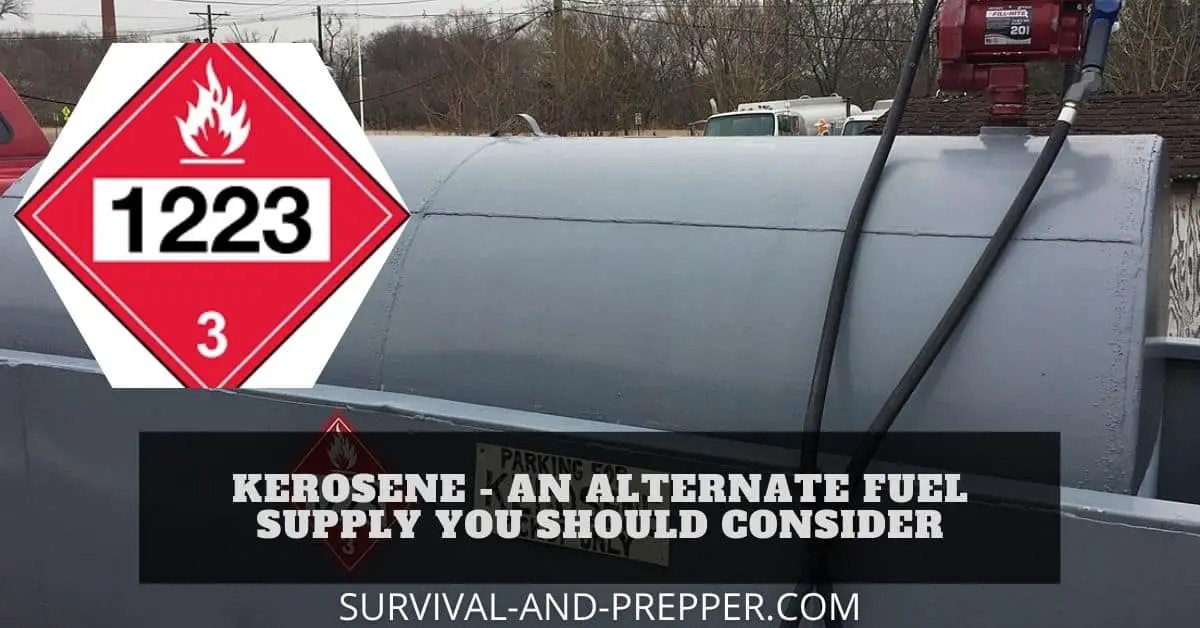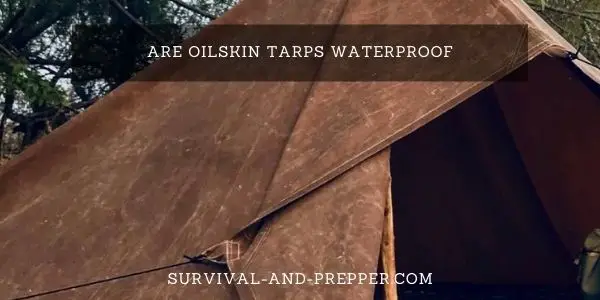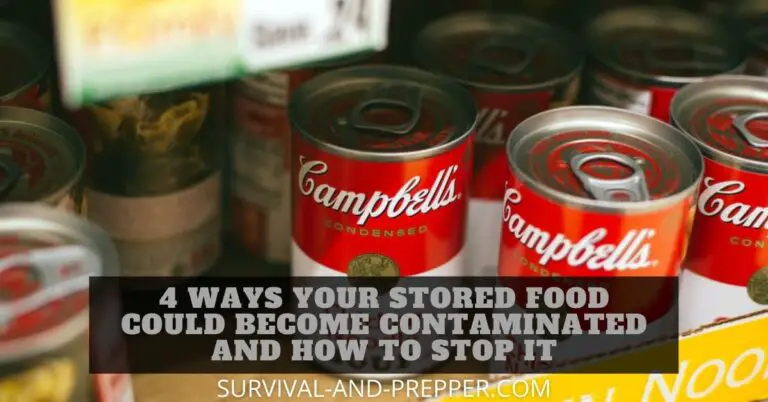Kerosene – An Alternate Fuel Supply You Should Consider
When considering liquid fuels to store for your prepping needs there are many factors you should look into. Things such as combustibility, ease of storage and shelf life are all points that should affect your decision.
With these things in mind Kerosene is a fuel you may not have thought about. Given its properties you might want to consider it as one of your go to fuel sources.
Due to Kerosene’s relatively long shelf life of 5 years and lower combustibility than gasoline, Kerosene is an excellent fuel for long term emergency needs. It is possible to power lanterns, heaters and even stoves using kerosene. Many of these are safe to use inside. This makes Kerosene an Ideal emergency preparation fuel.
Let’s delve into what Kerosene is and why it makes an excellent prepping fuel.
What is Kerosene?
Kerosene is a liquid fuel similar to diesel or gasoline that is produced from refining petroleum. Similar in nature to gasoline and diesel Kerosene is also flammable, however it tends to be far volatile than gasoline and more akin to diesel fuel in burning patterns. Kerosene is often burned in oil lamps, indoor heaters and in some camp stoves.
In some countries Kerosene is known as fuel oil, paraffin and coal oil. Each of these has a slightly different consistency and make up but almost all serve the same purpose.
How Long Does Kerosene Last?
When properly stored Kerosene can last for up to five years with minimal loss in efficiency. This is significantly longer than gasoline with a shelf life of just under a year or diesel fuel which has a shelf life of 18 to 24 months. While some other fuels such as alcohol and propane can last far longer, these tend to require different storage techniques which should be weighed in your decision.
What Can I Use Kerosene For?
Kerosene can be and has been used since the late 1800s to fuel oil lamps and heaters. In more modern years these devices have been made safer and many kerosene heaters are sold to be used indoors. Kerosene lanterns and to a lesser extent stoves are also rated for indoor use.
Most kerosene fueled devices will burn the fuel using a large wick which draws the fuel up from a holding tank. This wick is then burned to provide the heat or light produced by the device.
Additional features such as wick control and fans will assist with controlling this burn and thus the light and heat output of the device.
Can You Cook on Kerosene?
You can cook on a stove fueled by Kerosene. Some of the earliest kerosene stoves were the Primus Stoves invented in 1892. New advancements have been added and stoves that use multiple wicks have emerged. These are inexpensive, safe to use and produce heat in excess of 9000 BTU. In comparison an electric stove burner, outputs between 5000 and 10000 BTU.
Modern multi wick Kerosene stoves consist of a holding tank for the fuel and a control knob that lowers or raises all of the wicks at one time. These wicks are soaked in the kerosene which then travels up the wick similar to the wax and wick effect of a candle.
When the wicks are ignited they produce a flame that can be increased in size and heat by raising the wick or decreased by lowering the wick.
These stoves then feature a metal support frame that provides a surface to place a pot or pan above the flames and cooking is performed in the same manner as a gas, alcohol or electric stove.
Read “Is it safe to use a portable gas stove inside?”
Where Can I Buy Kerosene?
Kerosene is available in many countries around the world. In regards to the United States it is not quite as common as some other fuels such as gasoline, propane and diesel.
With that being said it is frequently found stocked in the winter time and many of your smaller gas stations will carry a supply of it.
Camping stores may also have it in stock. A quick search on google maps for kerosene will almost certainly yield at least a few stores within a reasonable distance that sell kerosene.
Additionally Kerosene can be found at stores such as Home Depot, Lowes, tractor Supply and Walmart.
How is Kerosene Stored?
Kerosene is stored similarly to gasoline, diesel and other liquid fuels. It can be held in plastic or metal cans. Additionally Kerosene can be held in pressurized tanks similar to propane.
For maximum shelf life propane should be stored in a metal container with minimal exposure to light. This will help to ensure the shelf life of around 5 years.
For devices such as heaters and stoves you should drain them of kerosene if they are being stored for significant time. Due to the simplistic design this is not necessary in most cases when dealing with kerosene lamps and lanterns.
Using an alcohol stove inside.
In Summary Why Kerosene Makes an Excellent Prepper Fuel
As you are aware preppers and survivalists tend to plan for the future. They take steps to ensure that they are prepared to deal with things such as power outages, storms and other eventualities. Given the unpredictable nature of these events it is necessary that these preparations remain viable for years at a time.
Kerosene and Kerosene consuming items provide a viable option for many of the potential needs that could arise during one of these events. Additionally with a shelf life of five years, you can rest assured that when needed your kerosene will be ready to burn.
In addition to the uses already described above, kerosene has been used as a fuel to start burn piles when clearing land for farming or ranching.
Another use for kerosene is many home remedies including as an ointment for sprains and a treatment for lice.
With all of these benefits in mind I urge you to consider kerosene as a possible fuel source for your needs. Ultimately though it is up to you to consider the situation you are preparing for and what fuel source would best suit your needs.
On a last note, while not commonly found in the United States, there are some generators produced and sold overseas that are capable of burning kerosene as their primary fuel source.
For other fuel source ideas check out our tips on why you should keep denatured alcohol on hand.






